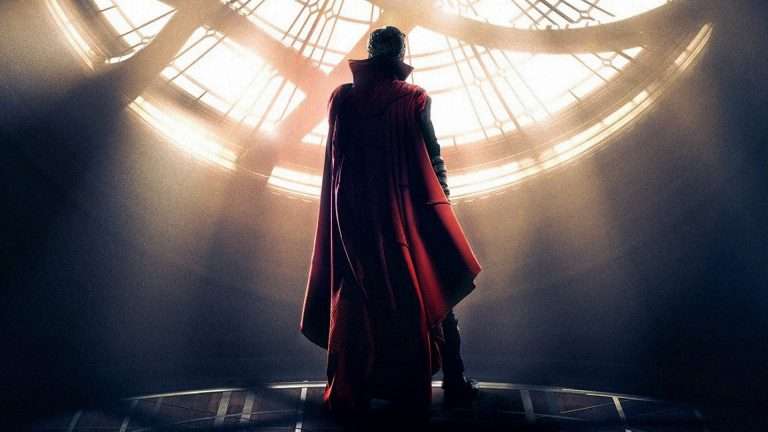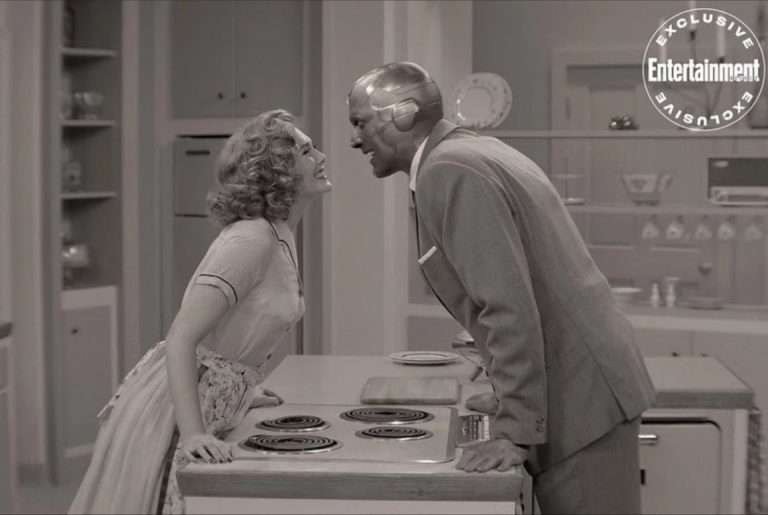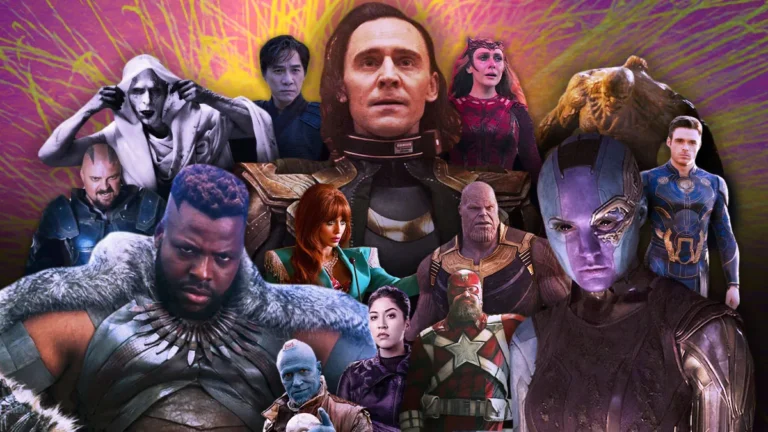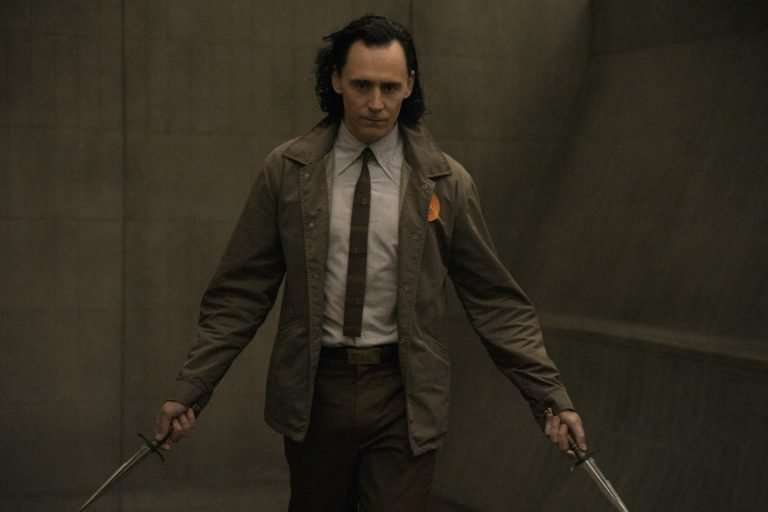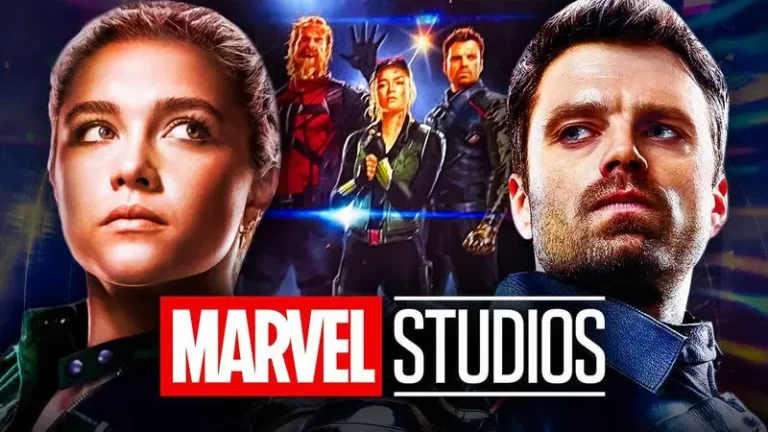11 Underrated Tony Stark Moments That Defined Iron Man’s Legacy
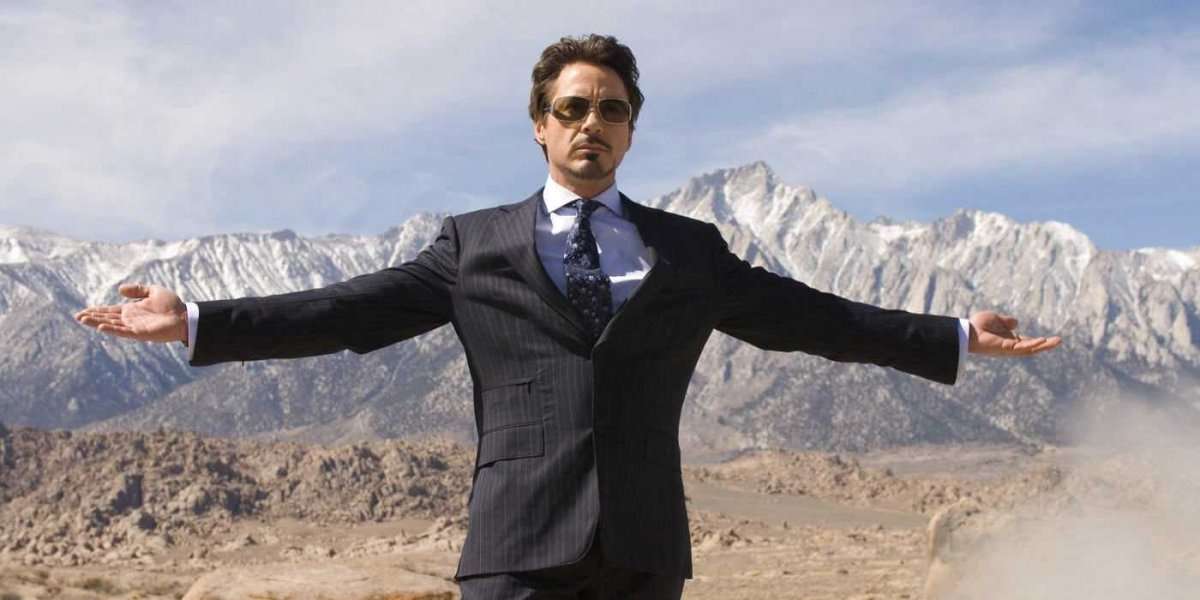
Few characters have left a mark on cinema like Tony Stark. From his debut in Iron Man (2008) to his sacrifice in Avengers: Endgame (2019), Robert Downey Jr.’s portrayal of the quick-witted inventor turned hero defined the Marvel Cinematic Universe. While fans remember the flashy armor and unforgettable one-liners, several smaller moments shaped his story more deeply than the spectacle ever could.
One of the earliest examples came during the “icing problem” scene in Iron Man. When Obadiah Stane’s Iron Monger suit freezes mid-air, it reminds audiences that Tony learns from every challenge. Each new armor design evolves from past battles, from resisting Thor’s lightning to building hard-light shields after Infinity War.
In Iron Man 2, a humorous yet meaningful scene unfolds when Senator Stern, later revealed as a Hydra agent, grudgingly presents Tony with a medal. It’s a sharp twist on government control and personal freedom, both central to Tony’s journey.
Then, in The Avengers, Tony casually mentions a “Life Model Decoy,” a subtle nod to deep-cut Marvel lore about android doubles. Later, during the Battle of New York, he spots the shawarma restaurant that becomes the now-famous post-credits gag. These quick moments show how layered the MCU’s world-building truly is.
Iron Man 3 deepens his humanity. Tony’s anxiety and insomnia reflect genuine post-traumatic stress after New York. His decision to attack the Mandarin’s mansion with homemade gadgets shows that the man, not the machine, is the real weapon. When he triggers the “Clean Slate Protocol” to destroy his suits, it’s not a loss—it’s liberation.
By Age of Ultron, Tony has learned to control the armor rather than depend on it, setting it to “Sentry Mode” like a mere tool. In Civil War, his line “And then, I never stopped” captures his relentless drive and guilt. Even his confrontation with Spider-Man in Homecoming and his haunted confession, “Thanos has been inside my head for six years,” reveal his constant growth and burden of foresight.
Tony Stark’s story is one of adaptation, accountability, and redemption. Beneath the armor lies a man who never stopped learning—even from his own mistakes.

